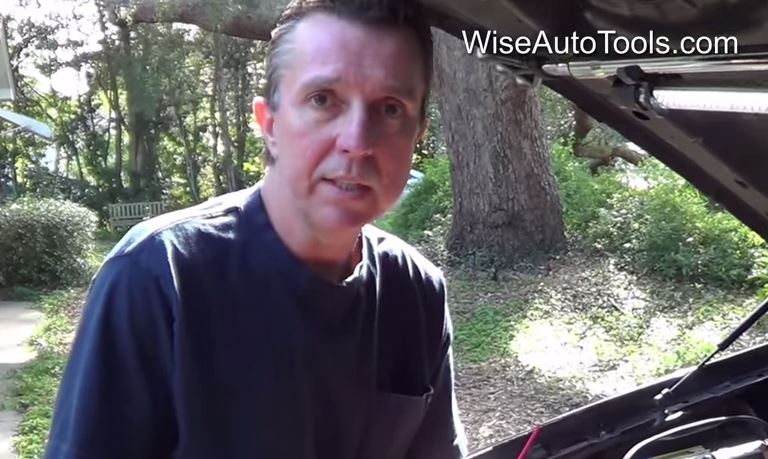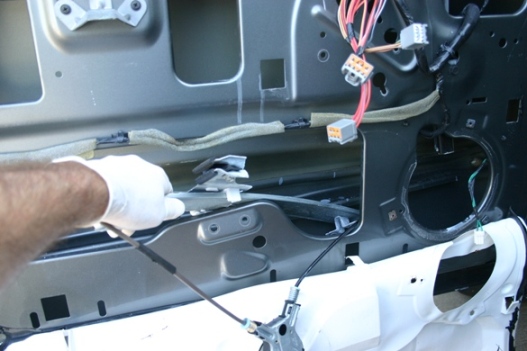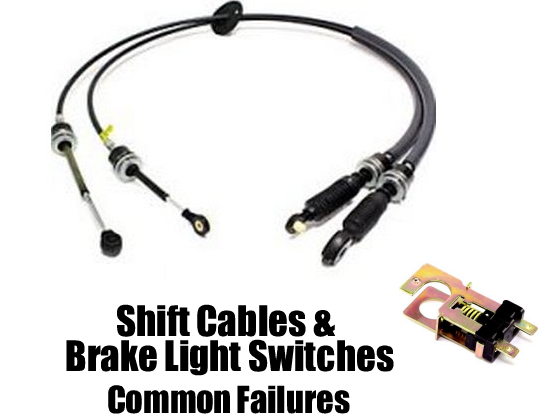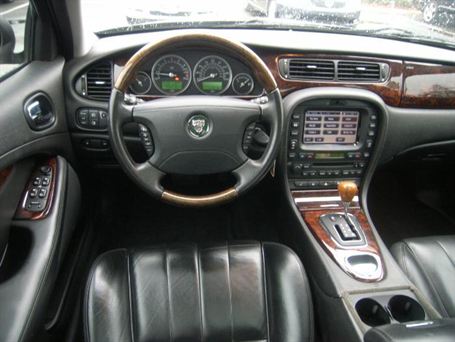Thread Repair Kits for Today’s Vehicles
April 2, 2023 How To Auto Repair Comments Off on Thread Repair Kits for Today’s Vehicles
Dennis, here with a rundown of the different types of thread repair kits for vehicles that have aluminum components in their engines. Whether you’re dealing with stripped spark plug, head bolt, oil drain plug, exhaust manifold, or glow plug threads, a thread repair kit can be a lifesaver. But you’ve got to make sure you’re using the right one.
First things first, if you want to prevent stripped threads, start things by hand before breaking out the air tools! Use the correct torque specs and tightening patterns during installation. This will avoid over-torqueing, cross-threading and improper installation, all of which can lead to stripped threads.
Now, when it comes to repairing stripped threads, it’s all about using a high-quality thread repair kit like the Time-Sert brand. Don’t cheap out and use a temporary fix from the parts store, those can end up costing you more in the long run. And make sure you’re using the right kit for the job – different threads require different types of inserts.
For spark plug threads, you’ll want to use a kit with a method of holding the insert in from the bottom. The Time-Sert thread repair kit is a great option for this, as it locks the insert in place from the bottom and comes with all the necessary tools and instructions. Taper seat and washer seat plugs use different inserts. Use the wrong one and there could be a compression leak.
For head bolt threads, avoid using wire coils and opt for solid inserts for a strong and reliable repair. And make sure you’re using a kit that’s approved by car manufacturers for warranty repairs. Even if your vehicle is long out of warranty, the fact that it would be approved means that it’s a quality repair. TTY (Torque to Yield) head bolts need to be replaced during a cylinder head gasket job replacement in most cases.
When it comes to oil drain plug threads in aluminum oil pans, use a solid bushing type insert with an expanding bottom to hold it in place. And don’t worry – the repair can be done without removing the oil pan! The threads you end up with are stronger than the original when using one of our Time Sert kits.
For exhaust manifold threads, choose a kit with a tap guide to go along with the kit to ensure accuracy and precision during the repair process. And be cautious not to break an EZ out if a stud is broken during the repair process. If dealing with a broken EZ Out check out our Rescue Bit section. Those bits are made of Tungsten Carbide and can drill out some crazy stuff. We’ve had customers drill of broken extractors and even broken drill bits.
Finally, for glow plug threads, make sure to remove any broken pieces of the glow plug using a broken glow plug extractor before using a thread repair kit. And select a kit specifically designed for use with glow plugs for a proper fit and to prevent leaks. We have a couple of glow plug thread repair kits used on Sprinter engines and Duramax.
Now, the cost of repairing stripped threads using a thread repair kit can vary depending on the situation, but investing in quality and reliability can save you money in the long run. And of course, always follow Time Sert’s instructions carefully and there are some helpful videos online too.
If you need expert assistance in finding the right kit for your specific needs, contact DenLors Tools for help. We’ve been selling specialty tools and aluminum thread repair kits since 2005 and are always happy to help you choose the right kit for the job.
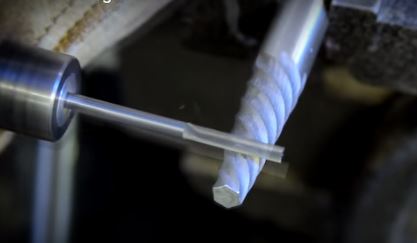 DennisB DenLorsTools.com © Summary: This is another question regarding how to drill out a tool like a drill bit which has a hard metal compound. While the Rescue Bit can also break in some cases, it has saved a lot of jobs. The success rate is good if recommendations are followed and common sense prevails.
DennisB DenLorsTools.com © Summary: This is another question regarding how to drill out a tool like a drill bit which has a hard metal compound. While the Rescue Bit can also break in some cases, it has saved a lot of jobs. The success rate is good if recommendations are followed and common sense prevails.